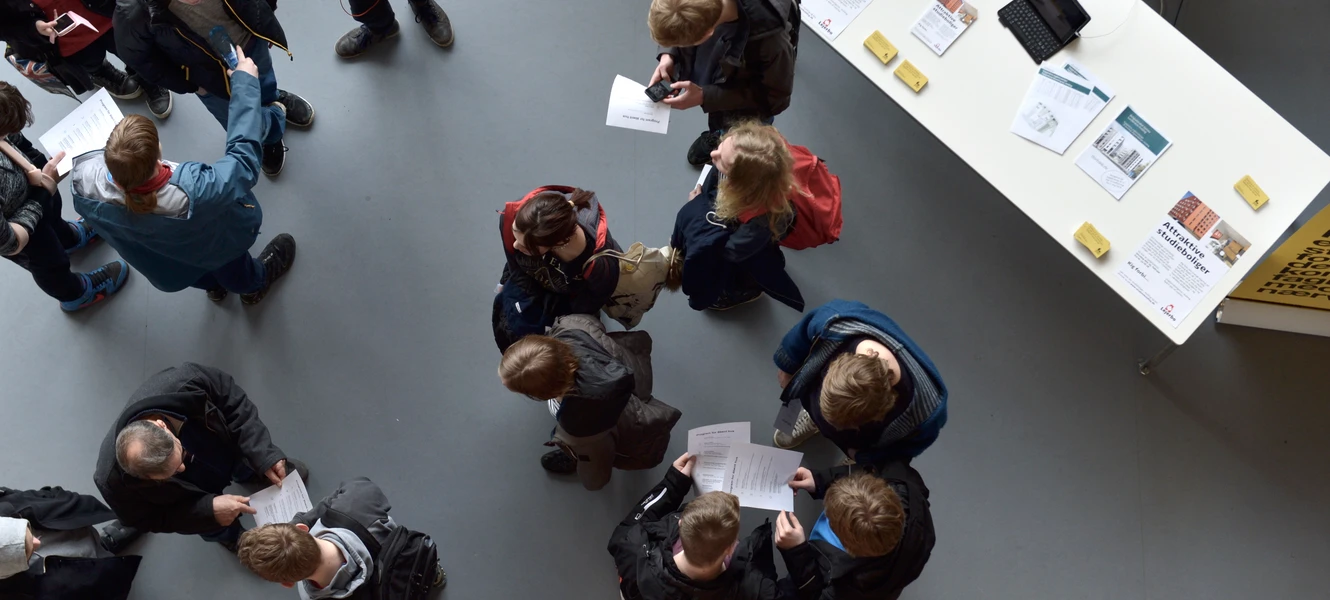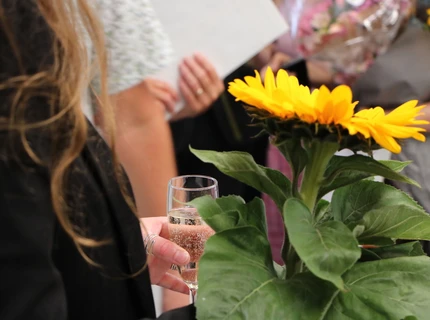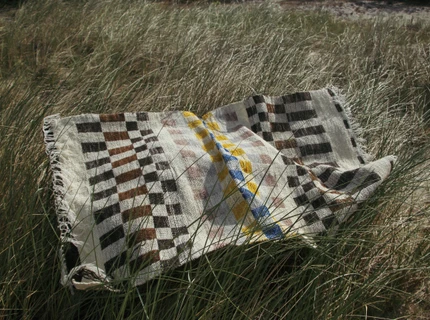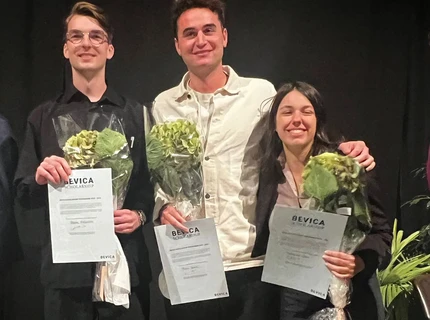
Danish design programme attracts international students
Alberto Bellamolli, Omayra Maymó, Li-Yu Lin, Guglielmo Brambilla, Guilia Riccucci, Zeyu Rong and Aniruddha Gupte. A lot of the names of 2016 Industrial Design graduates sound non-Danish – because they are. And the trend continues. The semester has just begun and with it a new group of MA students coming from countries such as Sweden, Pakistan, Germany, France, Italy, Belgium, Finland and Canada.
One of those new students is Elena Stefanac. She applied because she finds Kolding’s approach appealing.
- What matters to me is the approach that Kolding has in terms of profession and people. There is a hands-on approach to design and a user-centered focus that appeals to me – and again the company collaborations. I look forward to working with sustainability, welfare design and play – topics that I know the school addresses with great dedication. In terms of people, I look forward to having an open dialogue with my teachers and fellow students and not just being a number like I was in Canada. None of the teachers there knew my name, she says.
Kolding School of Design teaches students to reflect on their own process and work across disciplines, with projects and with Danish and international companies. This way of working attracts a great deal of foreign students who are looking to learn about industries and establish relations outside the school.
- A lot of international students apply to Kolding School of Design because they want to learn how Danish Design is created – how Danes are, think, work and not least collaborate. Danish Design overall is a powerful international brand, says Peter Barker, Head of Teaching and Industrial Design at Kolding School of Design.
When foreign students come to Denmark to learn about the Danish design tradition, something interesting happens. They bring their native design culture and rethinks it from a Danish design perspective. You can see it in some of this year’s graduation projects. For instance Alberto Bellamolli from Italy who decided to look at the Italian terazzo tradition and rethink the way the material is used based on a Danish design tradition that is concerned with sustainability, function and aesthetics. Alberto Bellamolli created some unique designs as he used terrazzo to make tables, candle holders and bowls. You can see his designs – along with all the other graduation projects – at the Museum Koldinghus until 23 October.


